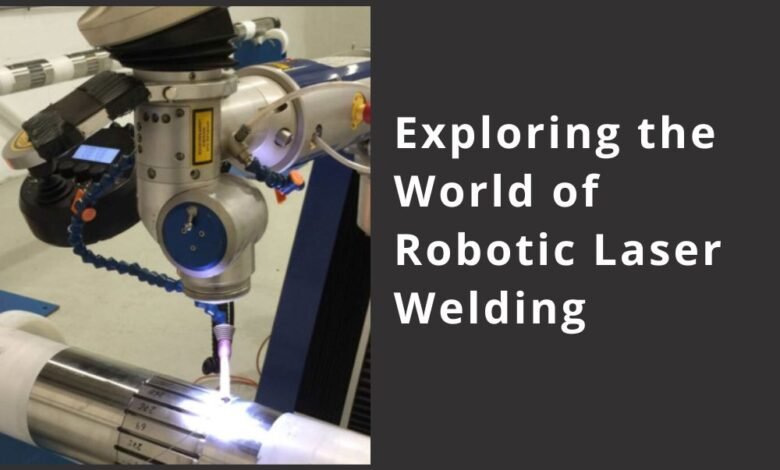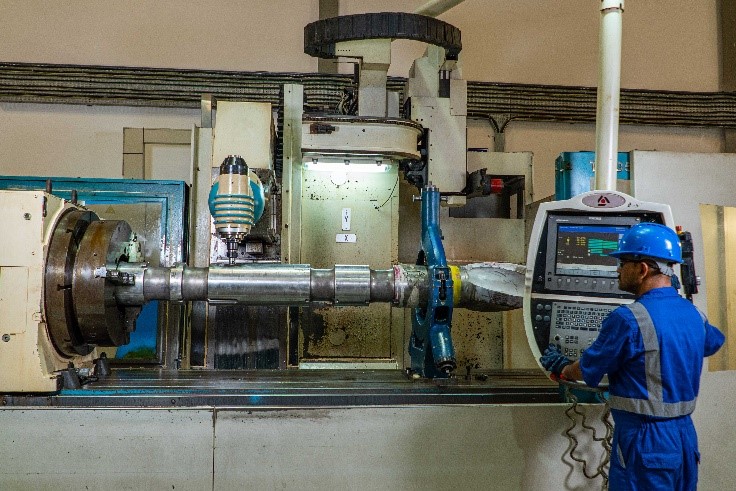
Introduction
In recent years, robotic laser welding has emerged as a revolutionary technology in the manufacturing industry, offering unparalleled precision, efficiency, and versatility. From automotive and aerospace to electronics and medical devices, robotic laser welding has transformed the way components and structures are joined together. In this comprehensive guide, we’ll delve into the world of Robotic Laser Welding, exploring its applications, benefits, and key considerations for implementation.
Understanding Robotic Laser Welding
Robotic laser welding is a cutting-edge welding technique that utilizes robotic systems equipped with high-powered lasers to join metal components together. Unlike traditional welding methods that rely on heat from an electric arc or flame, laser welding uses a concentrated beam of light to melt and fuse the materials. This results in precise, clean, and highly controlled welds with minimal distortion and heat-affected zones.
1. How It Works
- In robotic laser welding, a robotic arm equipped with a laser welding head delivers the laser beam to the precise location where the weld is required. The laser beam melts the material along the joint, creating a fusion bond between the workpieces. Advanced control systems ensure accurate positioning and control of the welding process, resulting in consistent and high-quality welds.
2. Types of Lasers Used
- Robotic laser welding systems can utilize various types of lasers, including fiber lasers, CO2 lasers, and diode lasers. Each type of laser offers different advantages in terms of power, wavelength, beam quality, and energy efficiency, allowing for flexibility and optimization based on the specific welding application.
Applications of Robotic Laser Welding
Robotic laser welding finds widespread applications across various industries due to its versatility and precision. Some common applications include:
1. Automotive Manufacturing
- Robotic laser welding is extensively used in automotive manufacturing for joining components such as body panels, chassis parts, exhaust systems, and fuel tanks. The high precision and speed of laser welding enable efficient production processes while maintaining structural integrity and aesthetics.
2. Aerospace Industry
- In the aerospace industry, where strict quality standards and lightweight materials are paramount, robotic laser welding is employed for welding aircraft components, engine parts, and structural assemblies. The ability to weld thin and complex structures with minimal distortion makes laser welding ideal for aerospace applications.
3. Electronics and Microelectronics
- Robotic laser welding is utilized in the electronics and microelectronics industries for joining delicate components, such as circuit boards, sensors, and semiconductor devices. The precise control and minimal heat input of laser welding prevent damage to sensitive electronic components, ensuring reliable performance.
4. Medical Device Manufacturing
- In the medical device manufacturing sector, where precision and cleanliness are critical, robotic laser welding is used for joining medical implants, surgical instruments, and microfluidic devices. The sterile and non-contact nature of laser welding minimizes contamination and ensures biocompatibility of the welded components.

Benefits of Robotic Laser Welding
Robotic laser welding offers a multitude of benefits compared to traditional welding methods:
1. Precision and Accuracy
- Robotic laser welding delivers precise and accurate welds with tight tolerances, resulting in superior quality and consistency.
2. High Speed and Efficiency
- The high speed and efficiency of robotic laser welding enable faster production cycles and increased productivity, leading to cost savings and improved competitiveness.
3. Minimal Distortion and Heat-Affected Zones
- Laser welding produces minimal distortion and heat-affected zones, preserving the integrity and mechanical properties of the welded materials.
4. Versatility and Flexibility
- Robotic laser welding systems can accommodate a wide range of materials, thicknesses, and geometries, making them suitable for diverse welding applications.
Considerations for Implementing Robotic Laser Welding
When implementing robotic laser welding technology, several factors should be taken into account:
1. Equipment Selection
- Choose the appropriate robotic system and laser source based on the specific requirements of the welding application, including material type, thickness, and desired weld characteristics.
2. Process Optimization
- Optimize welding parameters such as laser power, pulse duration, beam focus, and travel speed to achieve the desired weld quality and efficiency.
3. Safety and Training
- Ensure proper safety measures are in place to protect operators from laser hazards, and provide comprehensive training for personnel operating and maintaining the robotic welding system.
4. Quality Assurance
- Implement quality control measures such as non-destructive testing and in-process monitoring to verify weld integrity and compliance with quality standards.
Conclusion
In conclusion, robotic laser welding represents a transformative technology that offers unparalleled precision, efficiency, and versatility in the manufacturing industry. From automotive and aerospace to electronics and medical devices, robotic laser welding has revolutionized the way components are joined together, enabling faster production cycles, superior quality, and cost savings. By understanding its applications, benefits, and key considerations for implementation, manufacturers can harness the full potential of robotic laser welding to stay competitive and drive innovation in their respective industries.
Opting for robotic laser welding isn’t merely a choice; it represents a strategic step toward cultivating a lasting and captivating environment in your living area, informed by the astute guidance provided by articlemia.



